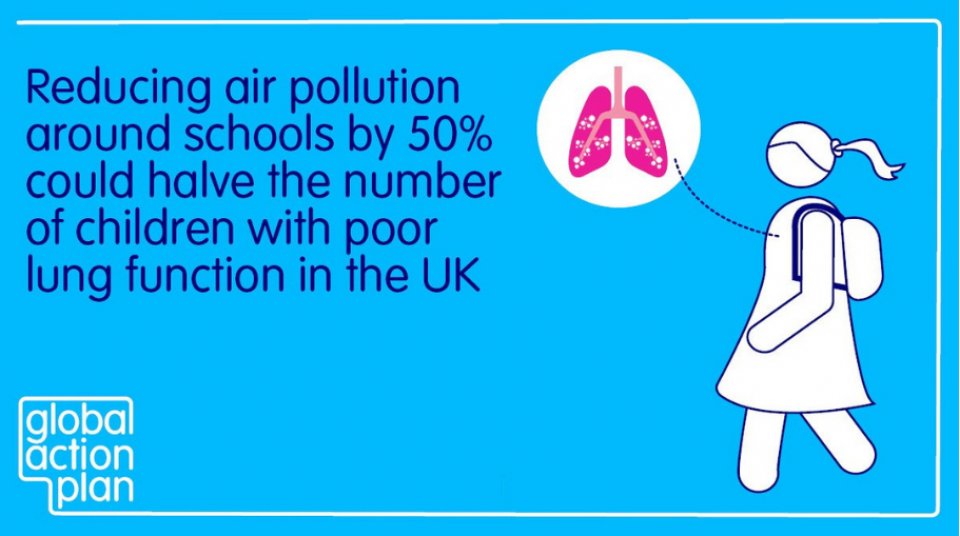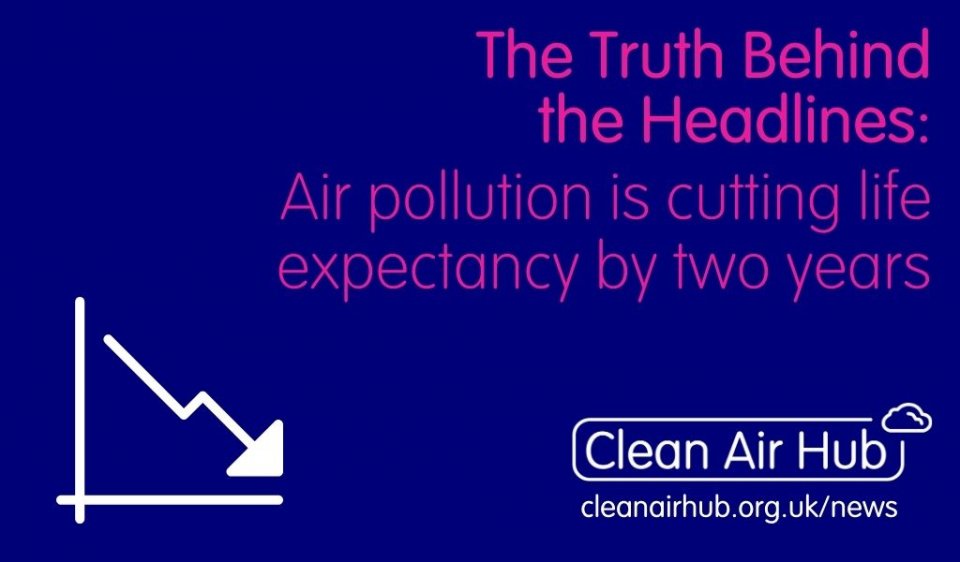News & Stories
A recent media article considered the link between air quality and sporting events, and the possible impacts on sportsmen and women. The article proposed a link between the higher breathing rates experienced during sport and the known negative health impacts of air pollution.
Examples of affected sports include tennis and football, with players in the Australian Open tennis tournament suffering the effects of air pollution caused by extensive bushfires in 2020, and fears about the upcoming football world cup in Qatar which has a record of poor air quality.
Using our recommended five tips, Global Action Plan reviewed the study:
| Questions to ask to get to the truth | Our response |
| 1. Does the article refer to a report to back up its claims? |
The article did refer to published research about one aspect covered in the article, namely the impact of air pollution on performance of professional footballers in Germany. |
| 2. Who is behind the study it refers to? |
The study was carried out by three economists at the ‘Institute of Labor Economics’ (IZA) in Bonn, Germany. |
| 3. How fantastical and radical is the claim that is being made? |
The claim is based on the established fact that physical exercise increases breathing rates and volumes, and links this with knowledge that long-term exposure to air pollution can have detrimental impacts on health. The claim has then been extended to sport and refers to the collapse of a tennis player at the Australian Open and to a research study of professional German footballers. The study presented evidence supporting the claim that even moderate air pollution had a negative impact on professional footballer’s performance. Because the study was published in a peer-reviewed journal (Labour Economics) it means that the data and methods used should be reliable. However, although evidence-based, the study was relatively small, so analyses of data from other sports and from different countries would be needed before the claim could be extended to ‘sport’ in general and to other parts of the world. |
| 4. What geographical region does the claim refer to? |
Although the impact of Australian bushfires was considered, the only data that was analyzed was from Germany. |
| 5. What is the sample size of the study? |
The study considered professional footballers from 18 teams across Germany, for over 300 games per year during a 12-year period. The air pollution data were hourly monitor readings for PM10 and ozone concentrations within ten kilometers around each stadium. |
Want to talk to us about any of our projects? Please get in touch with us here.








